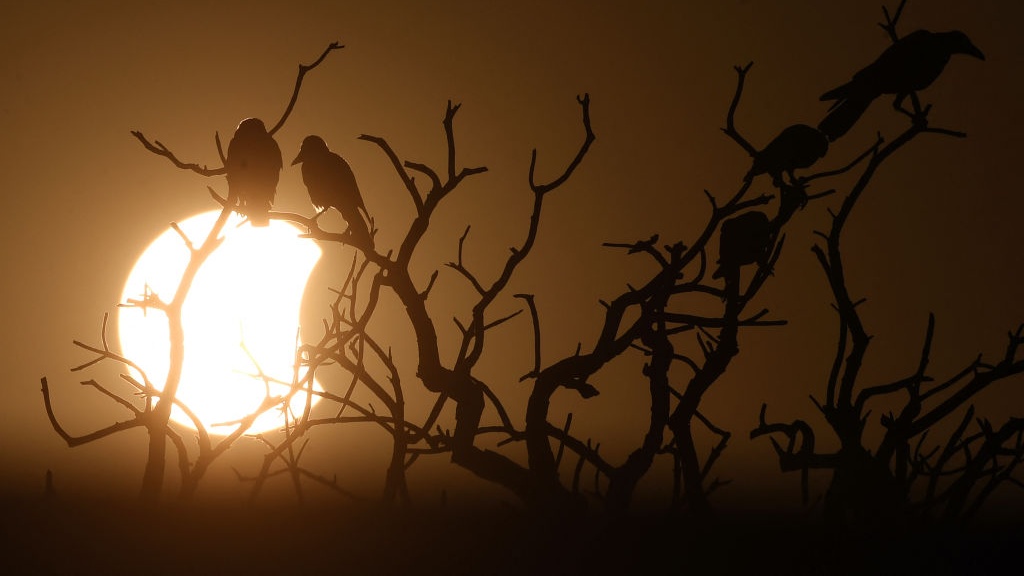
Victoria Corless
A chemist turned science writer, Victoria Corless completed her Ph.D. in organic synthesis at the University of Toronto and, ever the cliché, realized lab work was not something she wanted to do for the rest of her days. After dabbling in science writing and a brief stint as a medical writer, Victoria joined Wiley’s Advanced Science News where she works as an editor and writer. On the side, she freelances for various outlets, including Research2Reality and Chemistry World.
Latest articles by Victoria Corless
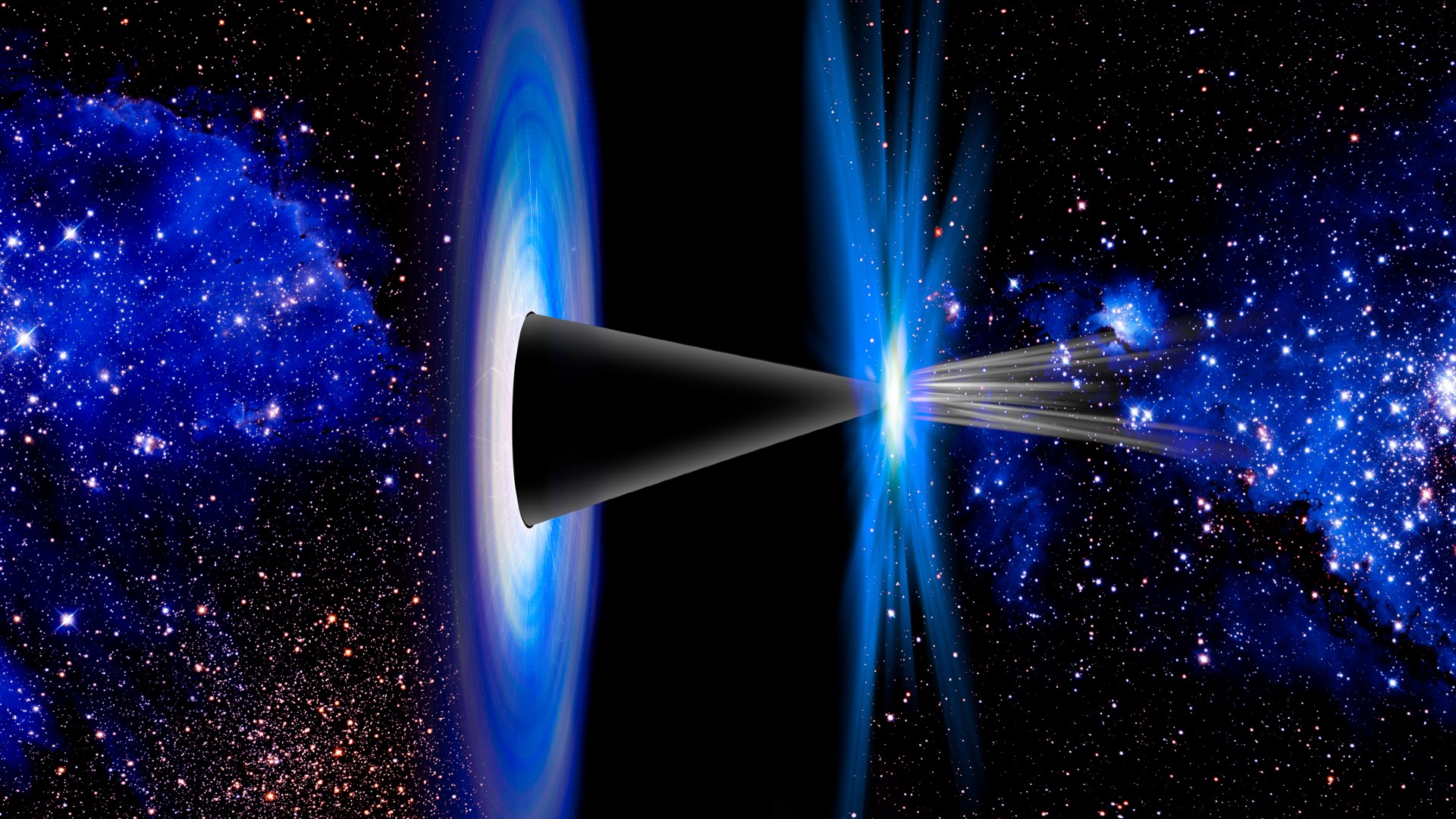
Did our cosmos begin inside a black hole in another universe? New study questions Big Bang theory
By Victoria Corless published
A team of scientists is proposing a bold alternative to the Big Bang theory, suggesting that our universe may have instead formed inside a colossal black hole.
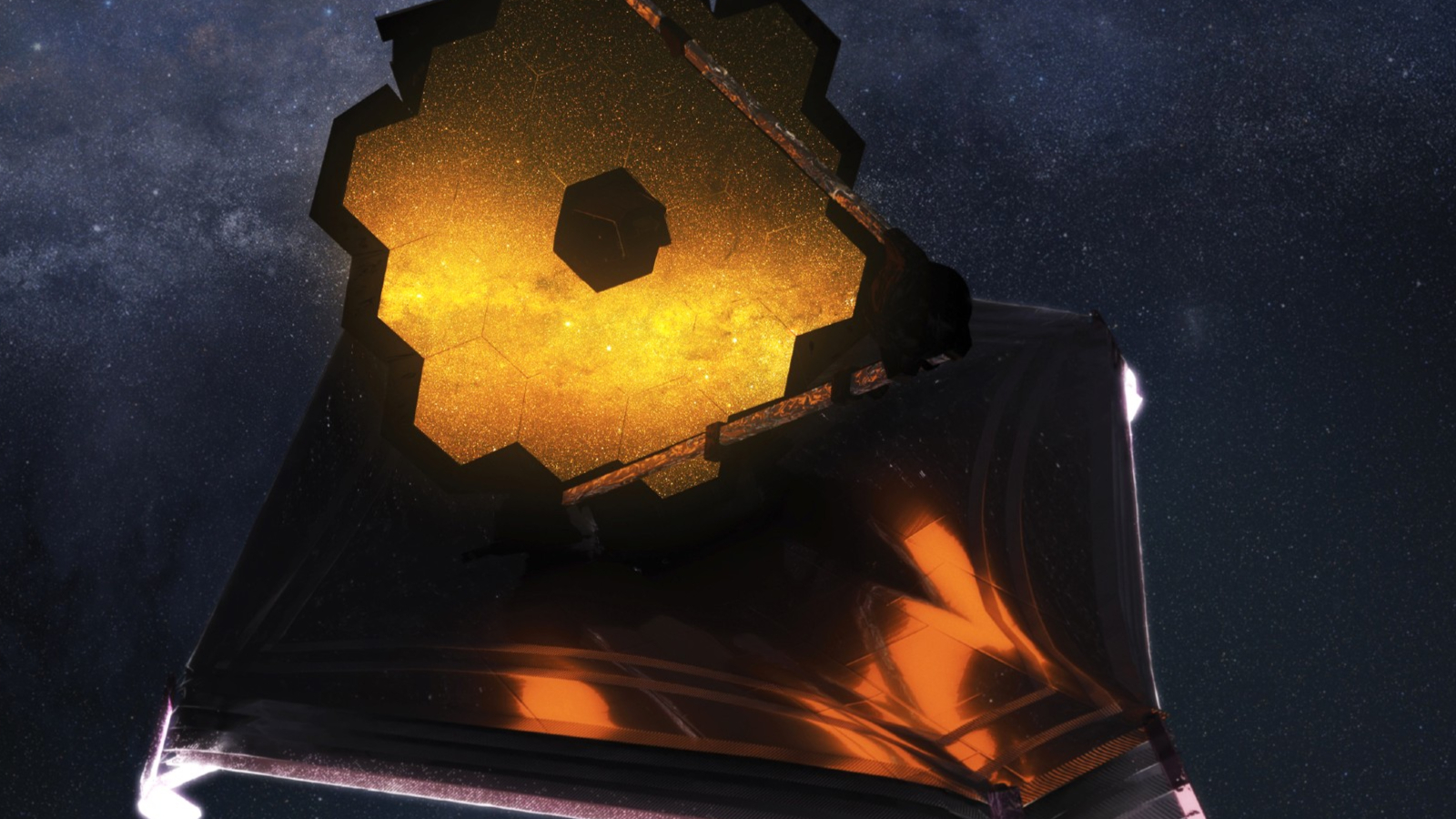
James Webb Space Telescope discovers planets forming in space's most punishing environments
By Victoria Corless published
James Webb Space Telescope finds exoplanets in extreme environments that could potentially be habitable.
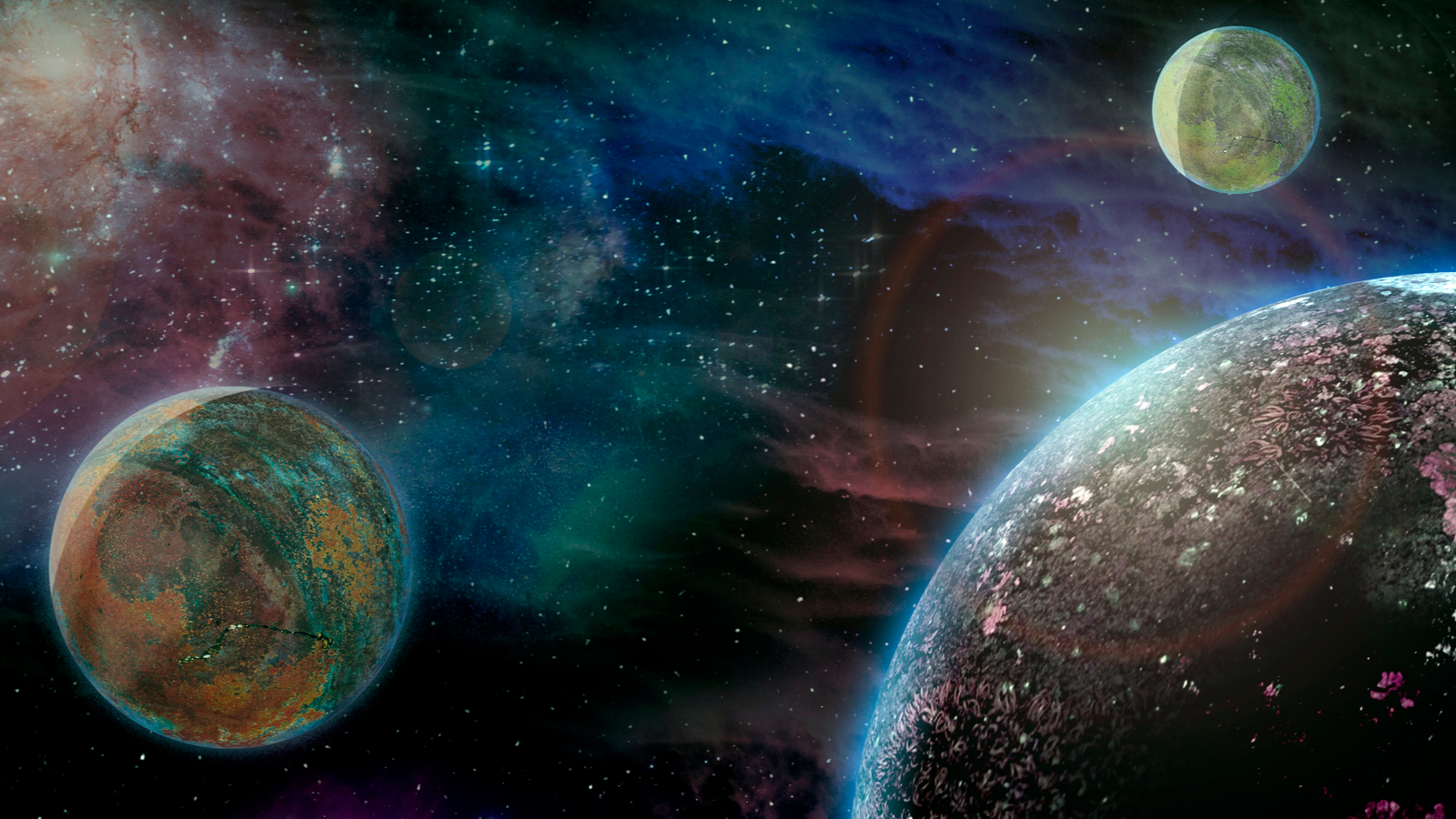
Proposed NASA radio probe could use gravity 'lumpiness' to reveal the insides of alien worlds
By Victoria Corless published
A new probe in development known as GIRO represents a low-cost step toward unlocking the secrets of the outer planets, all through the invisible pull of gravity.
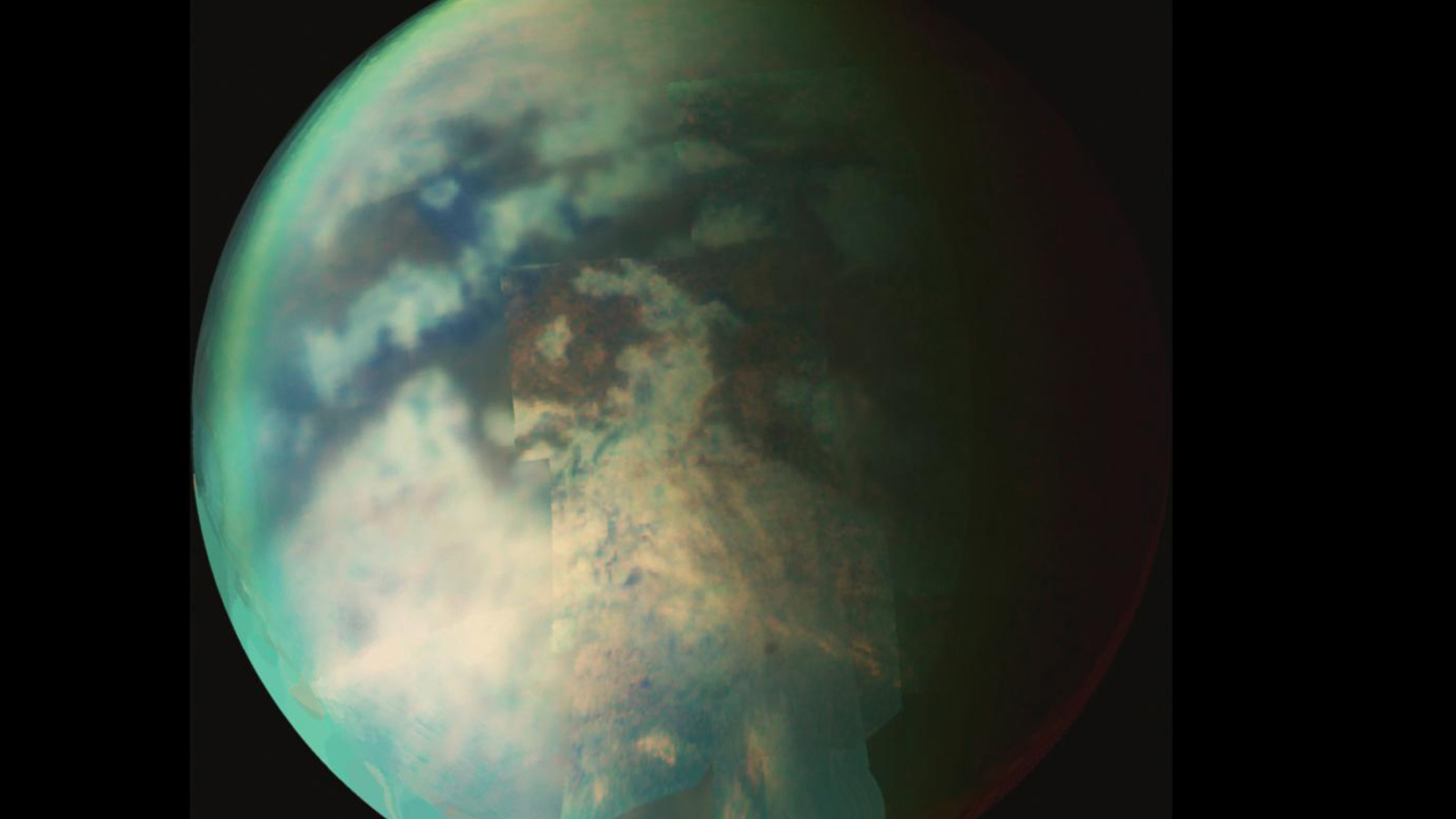
'We've got a new mystery on our hands': Titan's weird wobble just got even stranger
By Victoria Corless published
New research reveals more about why Saturn's large moon tilts, a puzzle that has intrigued scientists for decades.

How an odd star in the 'Gaia Sausage' could help solve one of astronomy's most enduring mysteries
By Victoria Corless published
The discovery of a metal-rich star packed with both light and heavy elements hints at exotic stellar explosions and the role of ancient dwarf galaxies in seeding the cosmos with uranium and thorium.
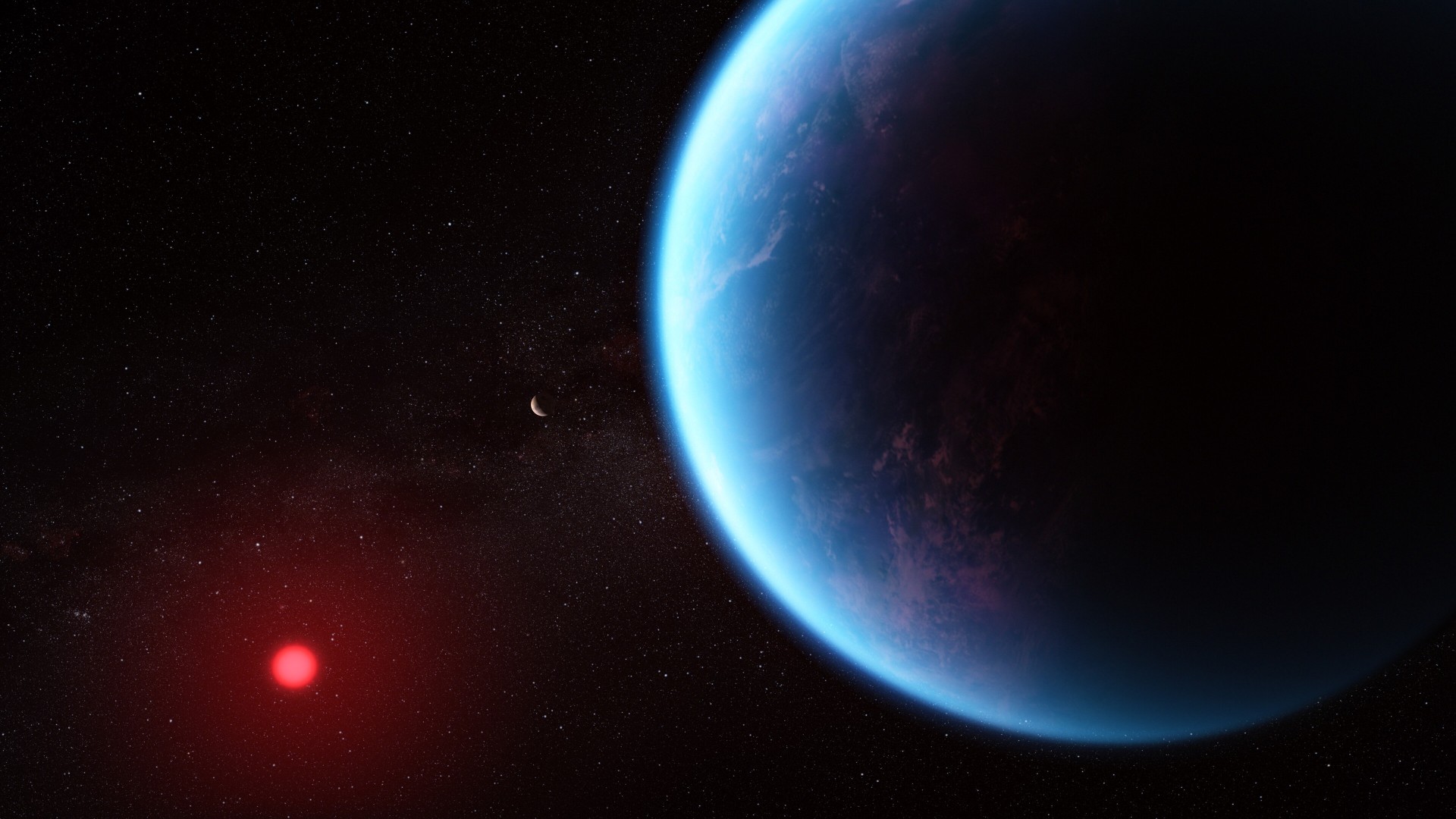
Scientists question possible signs of life on exoplanet K2-18b in new study: 'We never saw more than insignificant hints'
By Victoria Corless published
The skepticism continues over recent claims of possible hints of alien life on exoplanet K2-18b.
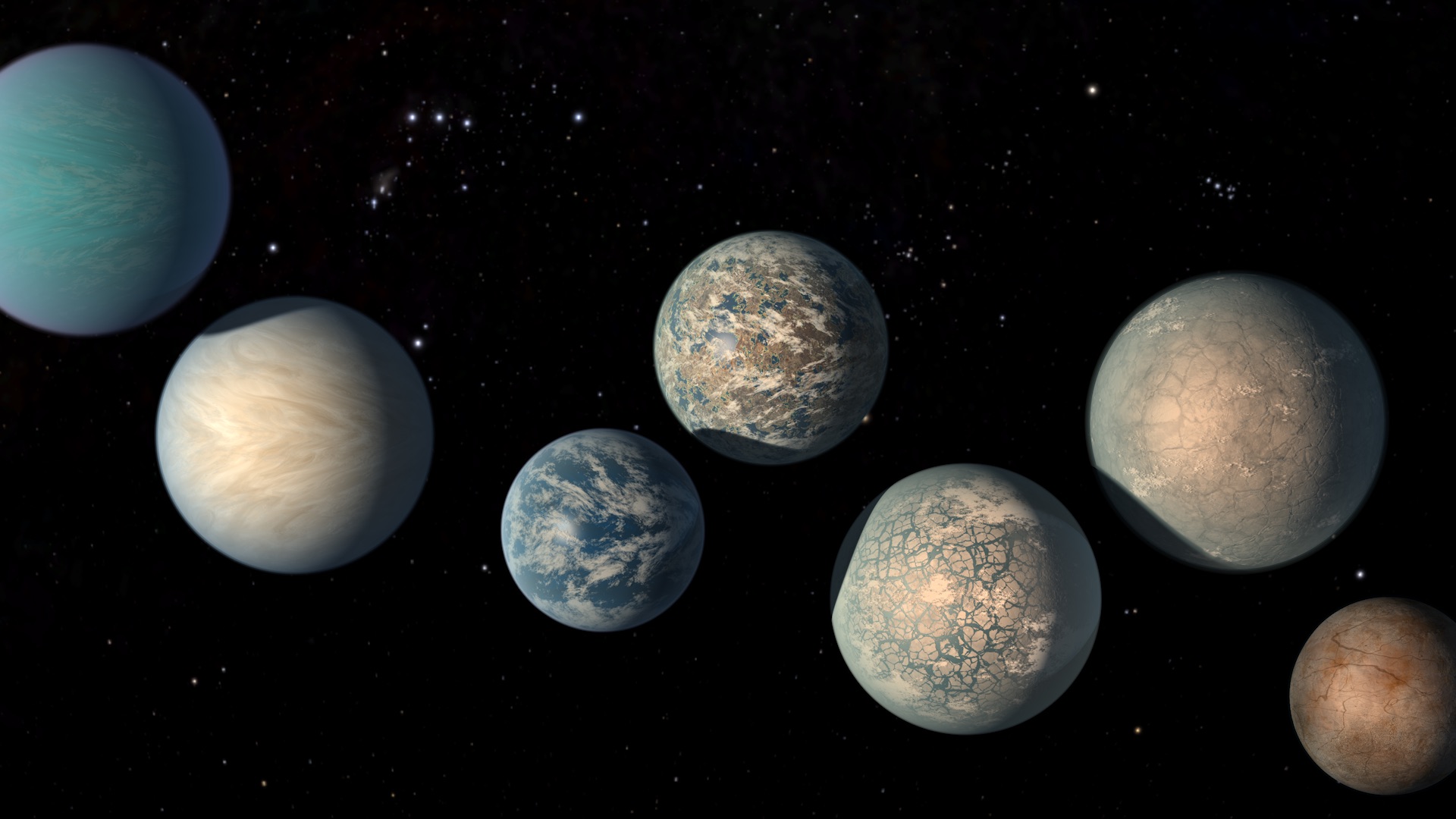
Astronomers want direct images of exoplanets. They may need 'quantum-level' tech to get them
By Victoria Corless published
A new device uses quantum optics to filter out starlight in real time — bringing scientists closer to directly observing Earth-like worlds.
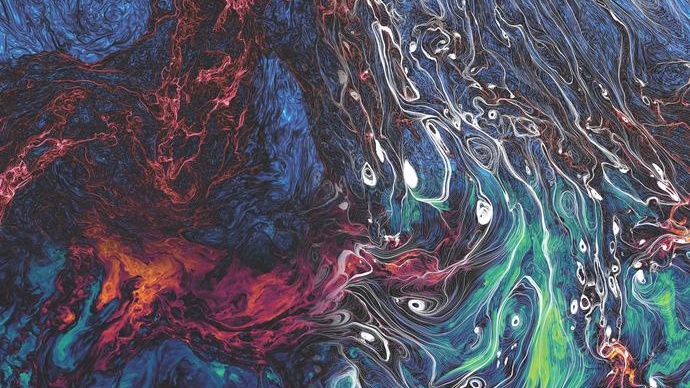
Our galaxy's swirling gases and magnetic lines create cosmic artwork in new simulation
By Victoria Corless published
Scientists have developed a new computer model to explore the the interstellar medium, in turn generating stunning images that resemble abstract works of art.
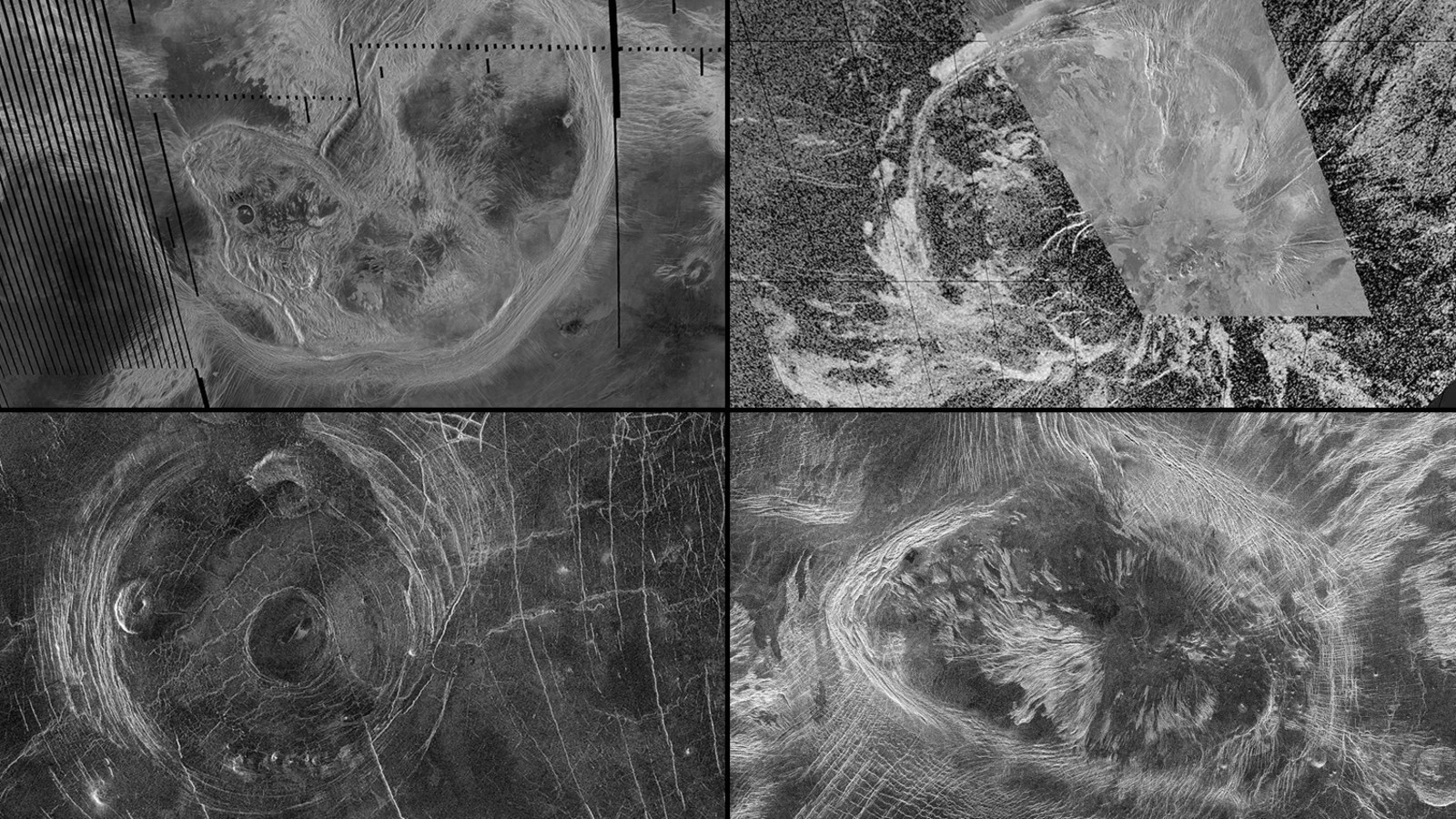
Curious circles on Venus suggest its surface is still changing
By Victoria Corless published
A new study reveals fresh signs of geological activity on Venus — clues that the planet's mysterious surface is still changing today.
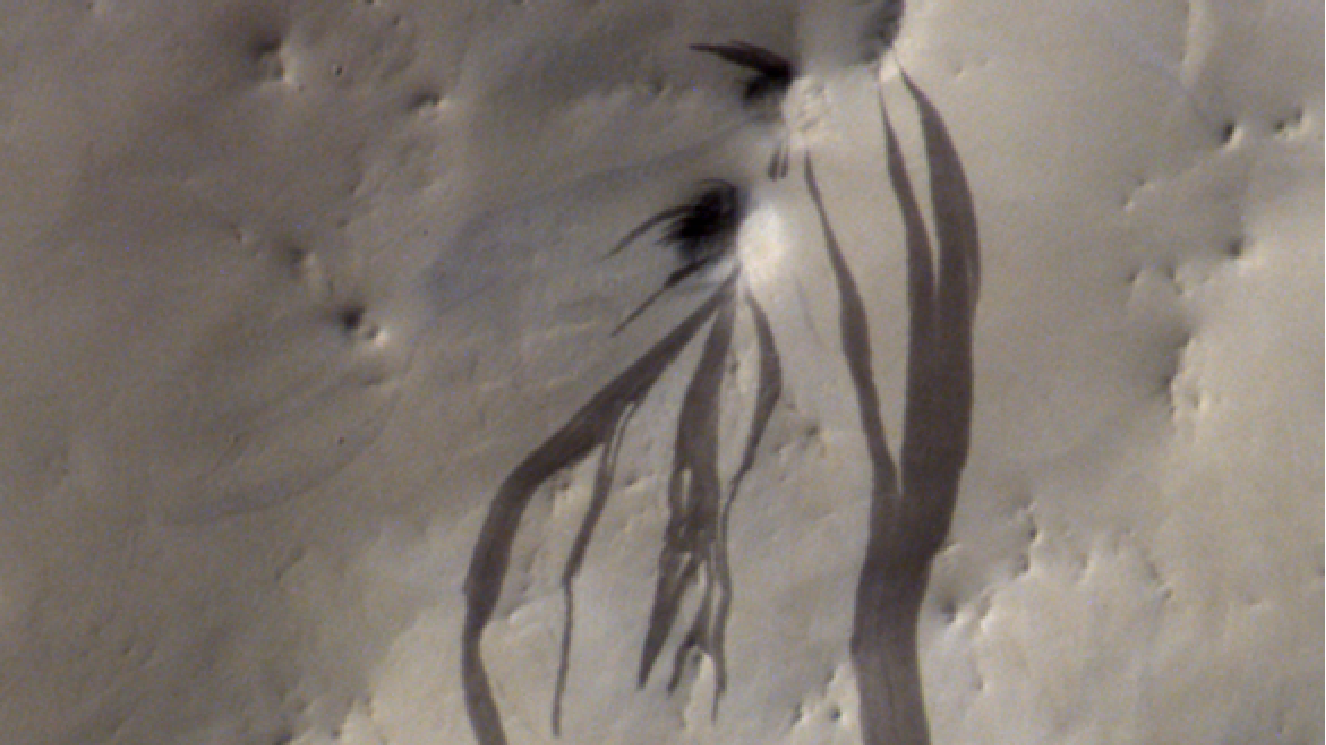
Dark streaks on Mars may not come from water after all, scientists say
By Victoria Corless published
Satellite images of the Red Planet suggest scientists were wrong about these strange Martian features.
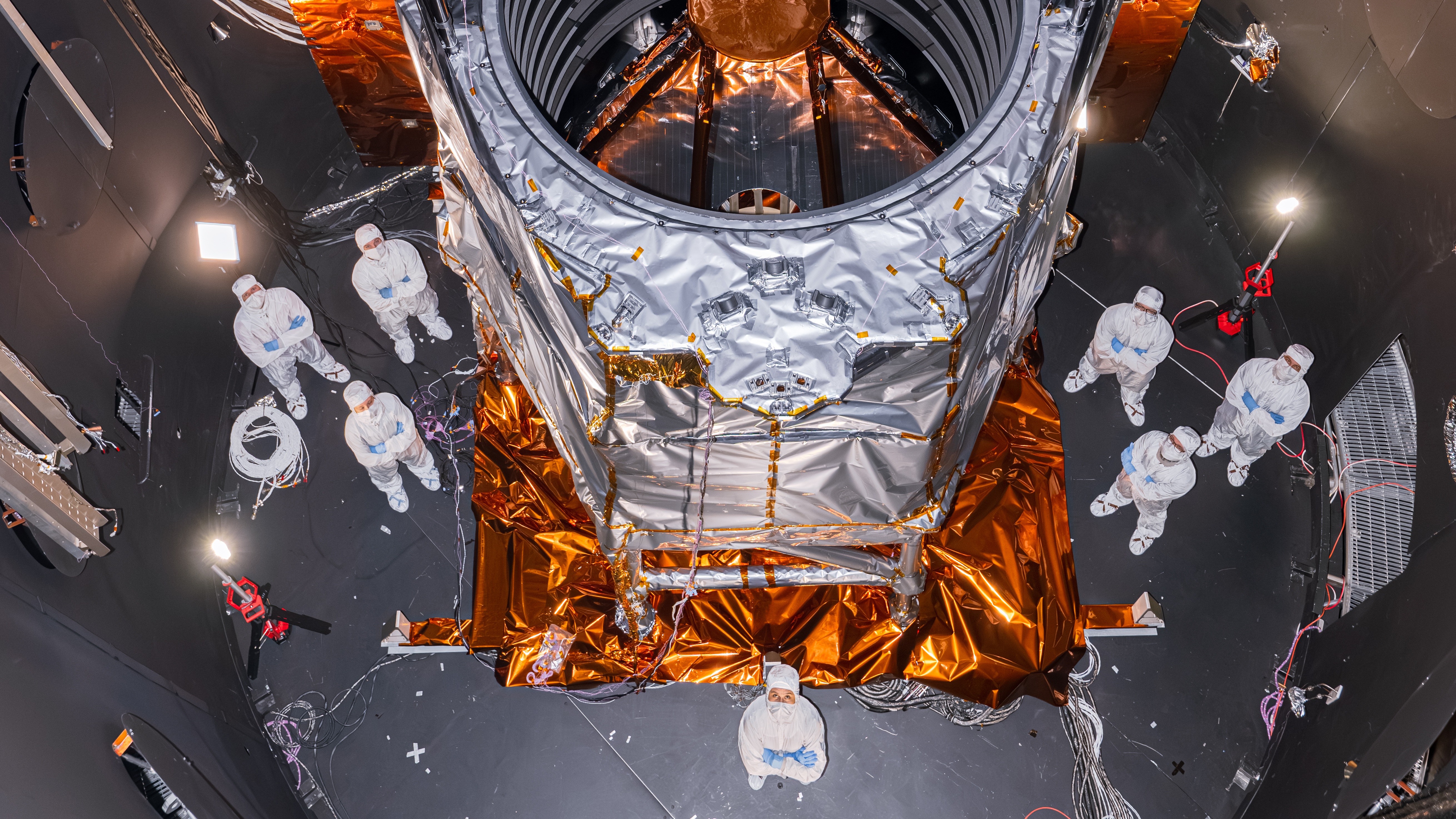
NASA continues building next-gen Roman Space Telescope despite budget worries
By Victoria Corless published
One half of the powerful new Nancy Grace Roman Space Telescope passed major milestone tests, demonstrating space readiness.
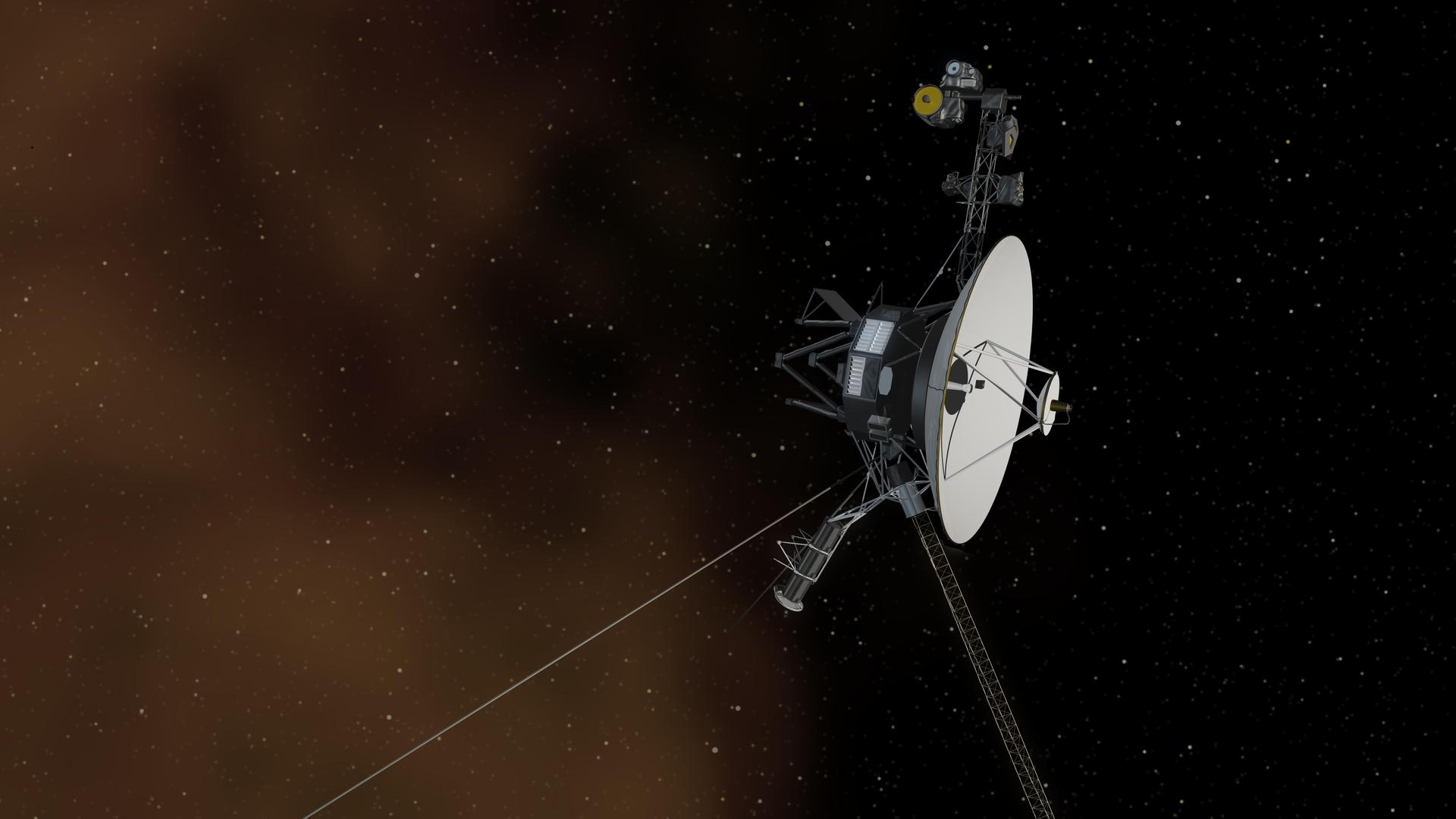
NASA resurrects Voyager 1 interstellar spacecraft's thrusters after 20 years: 'These thrusters were considered dead'
By Victoria Corless published
NASA engineers have miraculously revived the Voyager 1 interstellar probe's backup thrusters — components that hadn't been used since 2004.
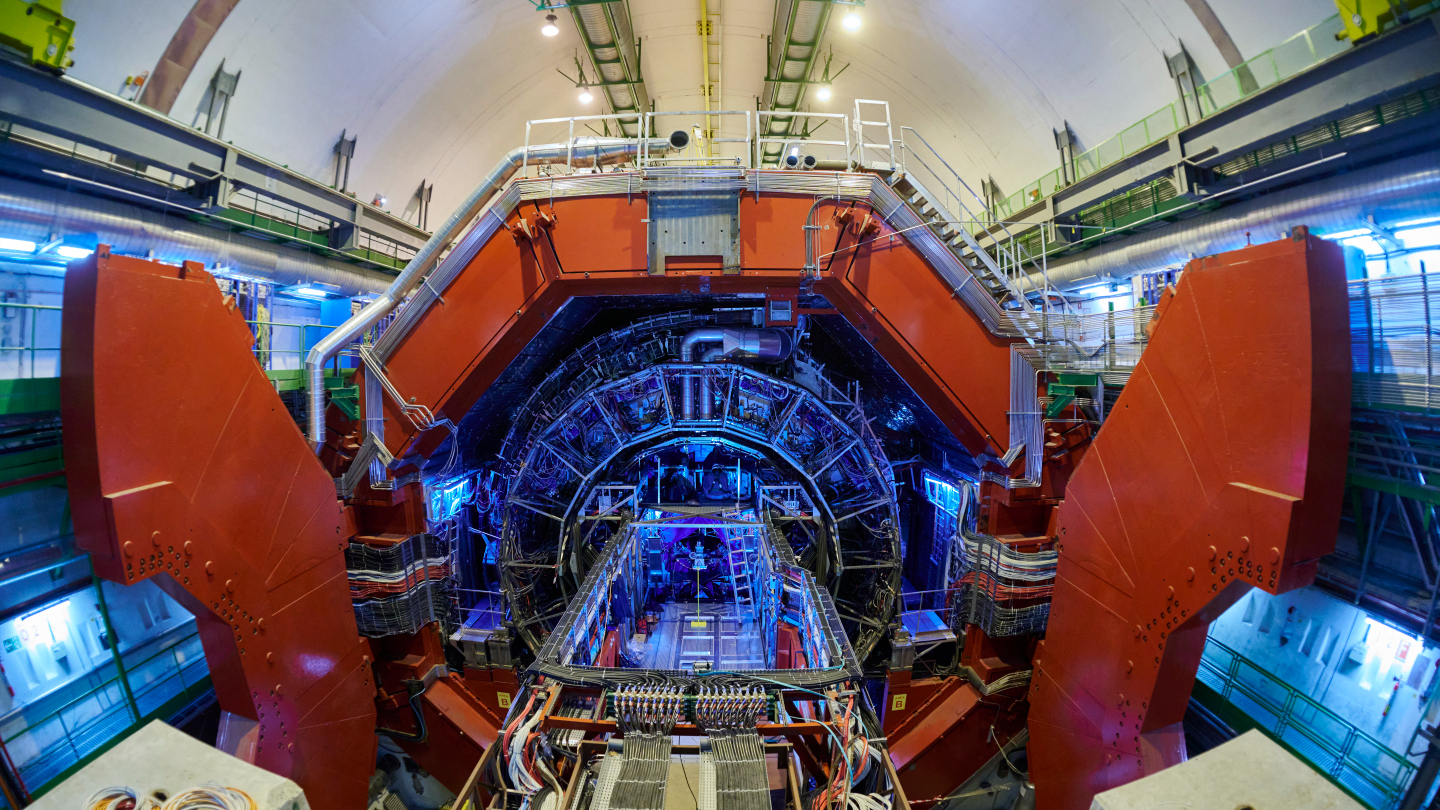
Large Hadron Collider finds first evidence of important exotic heavy antimatter particle
By Victoria Corless published
Researchers at the Large Hadron Collider — the world's largest and highest-energy particle accelerator — have observed a real-life transmutation of lead into gold.

'Marsquakes' reveal clues about a hidden body of water on Mars
By Victoria Corless published
A new study offers key insights into Mars' water cycle.

James Webb Space Telescope finds water in the air of exotic 'sub-Neptune' exoplanet
By Victoria Corless published
NASA's James Webb Space Telescope has found water vapor swirling in the air of a distant, boiling-hot alien planet, a new study reports.
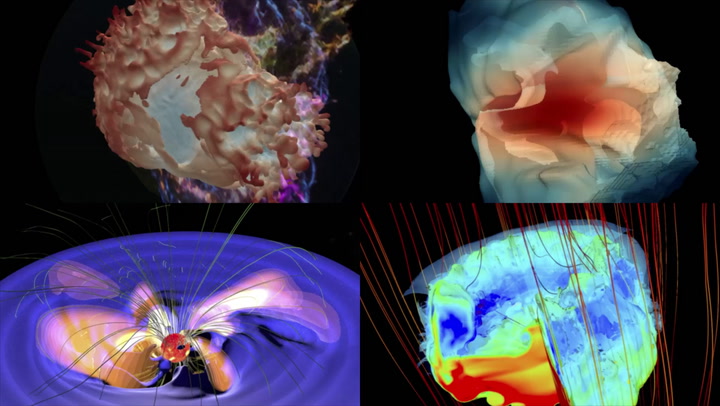
3D-print a realistic supernova remnant with NASA's new models of Chandra X-ray images
By Victoria Corless published
New 3D-printable models of Chandra X-ray Observatory images will allow you to hold a star in your hands and touch a supernova remnant.
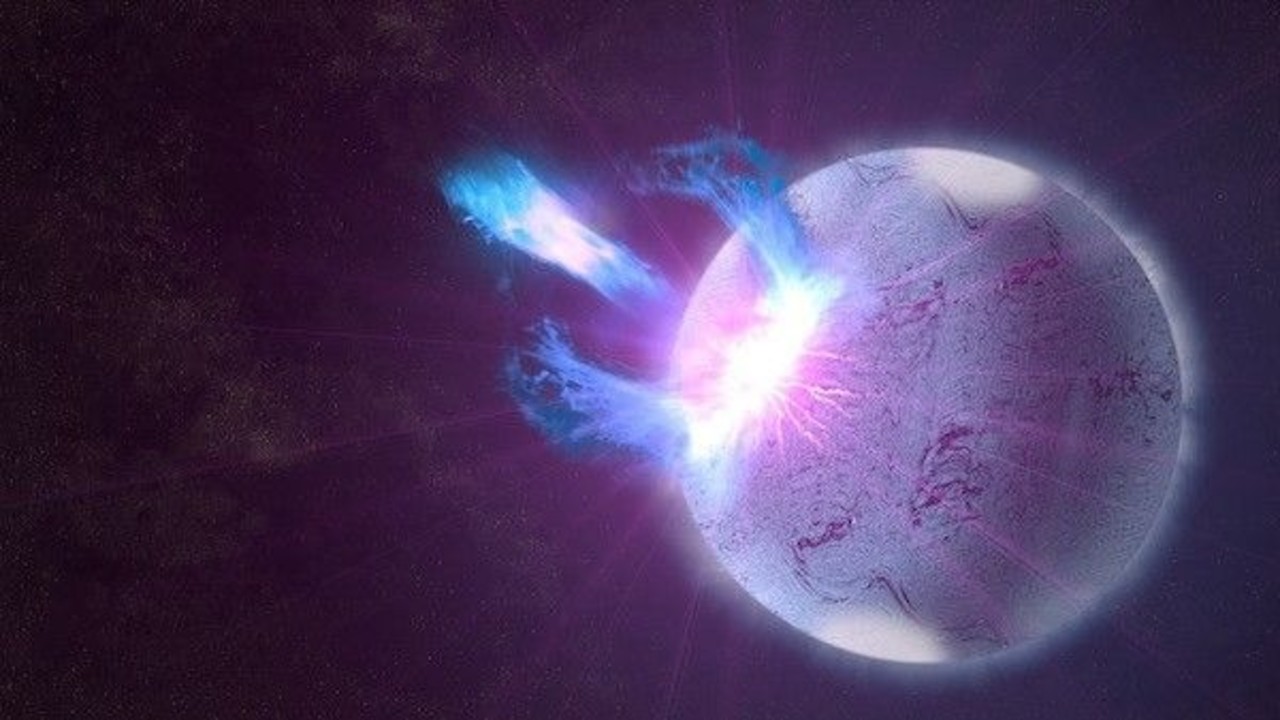
Where does the universe's gold come from? Giant flares from extreme magnetic stars offer a clue
By Victoria Corless published
Scientists have finally gathered direct proof of how the universe forges its heaviest elements, a process that has remained a mystery for over half a century.
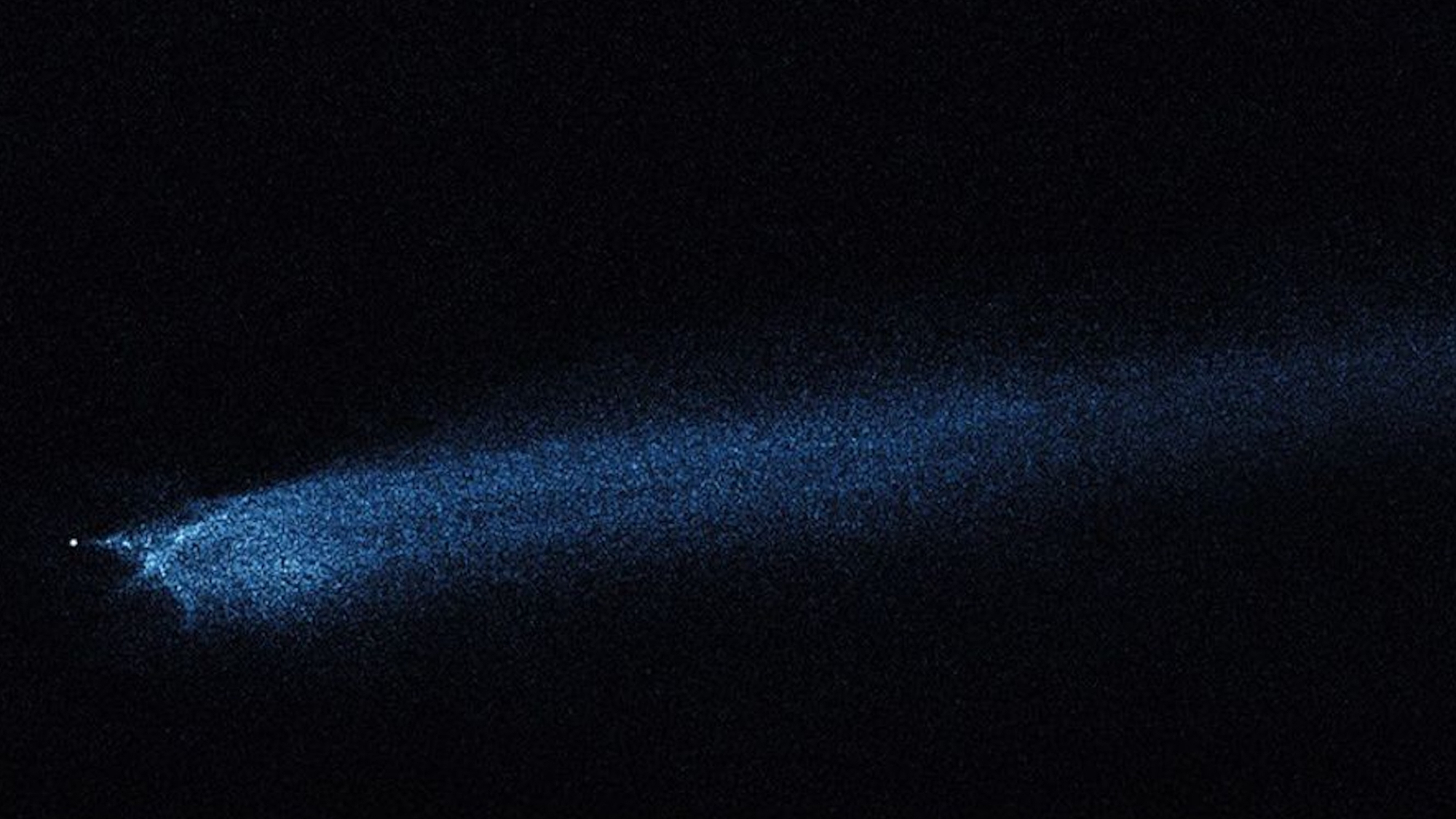
Lost in space: Why some meteorites look less 'shocked' than others
By Victoria Corless published
Scientists have long wondered why carbon-rich meteorites appear less affected by violent impacts than those lacking the stuff. They may finally have an answer.

Mars is covered in evidence of ancient lakes, rain and snow — but scientists aren't sure how that's possible
By Victoria Corless published
Valleys on Mars suggest the Red Planet was once covered in flowing water — but it's still a mystery how that could have been.

Astronomers discover doomed planet shedding a Mount Everest's worth of material every orbit, leaving behind a comet-like tail
By Victoria Corless published
Astronomers discovered a planet that orbits its star so closely that its surface is being scorched into magma and vaporizing into space.
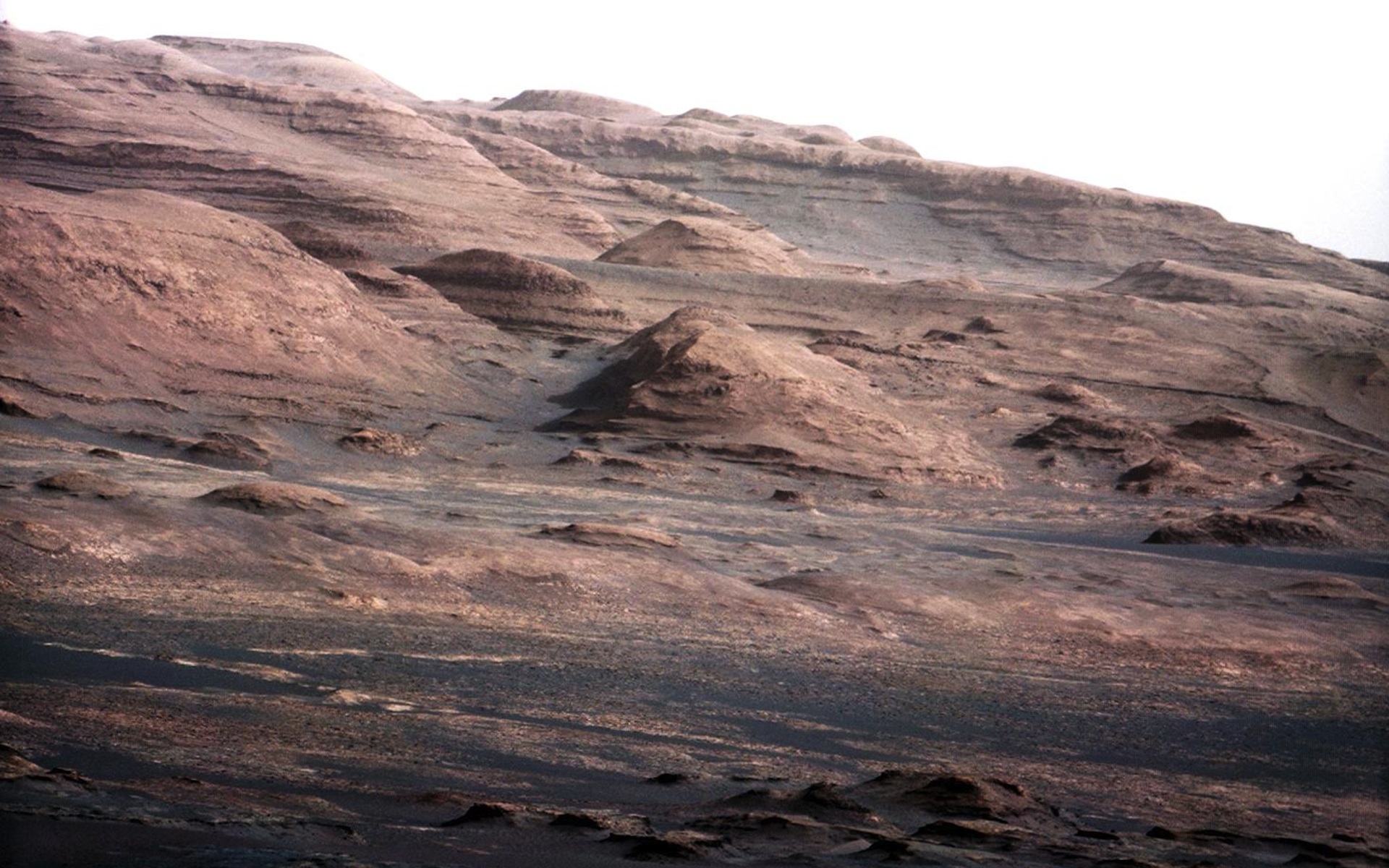
NASA's Curiosity rover finds major clue that Mars was once habitable
By Victoria Corless published
NASA's Curiosity rover has found iron-rich carbonates on Mars — a major clue that the Red Planet used to be habitable.
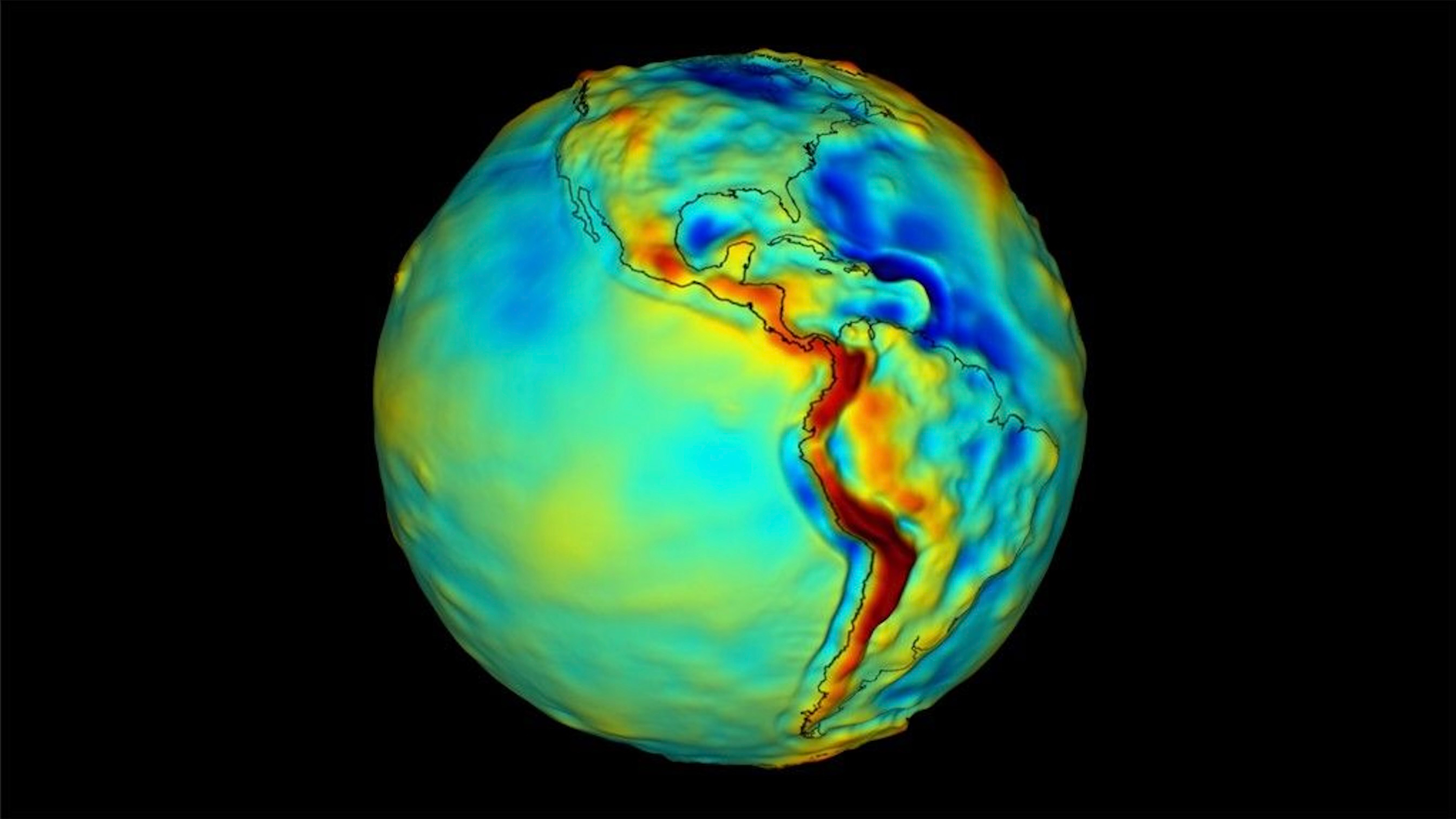
NASA developing 1st-ever space-based quantum sensor for gravity measurements
By Victoria Corless published
Scientists are developing an advanced quantum sensor for low Earth orbit that can detect the tiniest tremors in Earth's gravity.

Alien life could exist on Saturn's big moon Titan — but finding it will be tough
By Victoria Corless published
Alien life could exist on the huge Saturn moon Titan, but probably not in the abundance scientists once hoped, according to a new study.
Breaking space news, the latest updates on rocket launches, skywatching events and more!

